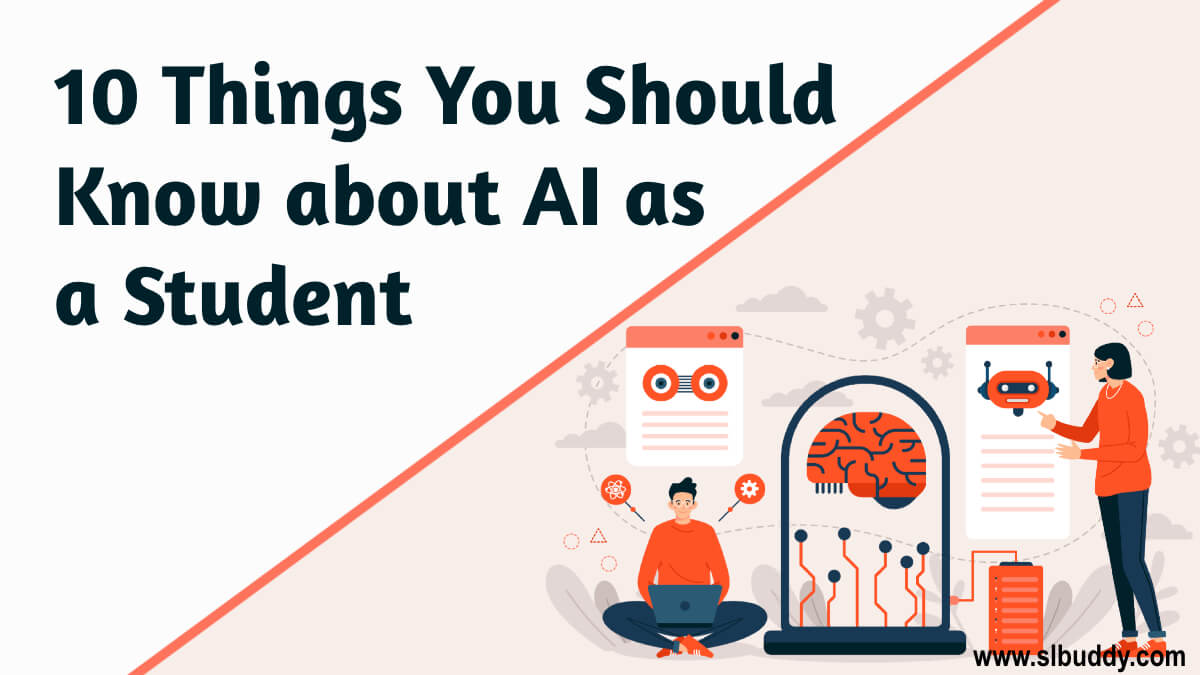
For complete laymen, AIs are complex software systems that imitate human intelligence and behavior. AIs are incrementally taking over mundane and repetitive tasks from us humans and are already greatly influencing our lives and enhancing our daily experiences.
From automated spell-checkers to F35 fighter jets’ smart networking capabilities, AI systems are vastly multiplying our capabilities and boosting our day-to-day efficiency and productivity.
We believe such an influential and all-consuming topic deserves your careful consideration and ponderance, so here’s a crash course of AI 101 — 10 things you need to know.
01. Algorithm
An algorithm is a detailed procedure or set of guidelines that direct computers while performing computations or problem-solving.
When used with computers, these are written in a programming language; in real life, a recipe or a set of assembly instructions are algorithms.
Think chess. A program is what defines the rules of a computer, and an algorithm is a defined sequence of actions that allow a computer to play perfectly in any circumstance.
02. Machine Learning
Machine learning is a branch of AI concerned with creating, evolving, and adapt without within a complex environment without explicit programming.
The AI cyclically scans the internet for data of its concern to expand its database and log statistics, making it more knowledgeable and precise over time.
Google Translate is one such system. It was one of the first AI software to incorporate machine learning into its processing.
But as impressive as it is, it merely swaps words with foreign equivalents without much in the way of considering context or style.
If you are looking for high-quality translation with precise localization, you need technical manual translation services. You can look through a bunch of trustworthy reviews and pick the best one for your needs. As capable as AIs have become, some human tasks are still untouchable.
03. Reinforcement Learning
A branch of machine learning that borrows from behavioral psychology and uses rewards or penalties to reinforce predictions or behaviors, much like how people learn through trial and error or how Pavlov trained his dogs.
If the computer loses a checker during a game of checkers, it learns to avoid that situation in the future.
04. Deep Learning
Deep learning is yet another kind of machine learning that mimics how people learn specific sorts of information.
Data science, which also encompasses statistics and predictive modeling, contains deep learning as a key component.
Deep learning, also known as artificial neural networks or deep learning, is based on the notion that complex abstract ideas may be learned from simpler ones.
Similar to a human brain, simple computer nodes are stacked and linked, with each layer’s output acting as the following layer’s input.
05. Will AI Robot Steal Your Job?
Workers in many industries are getting increasingly worried that AIs and robots are going to take over their craft and leave them jobless.
While truck drivers may be the first in line for this eventuality, no one seems safe. Even creative workers such as writers. Take a look at this article written by an AI.
But should we really be worried? And should we consider this shift when choosing a profession? AIs are not going to replace humans, they are simply going to change what we do.
An AI can scan the entirety of the internet to construct a derivative text, but it can not come up with the truly original source material itself.
An AI can not surpass the bounds of its own program, and it certainly won’t be able to discover a new fundamental law of physics out of thin air.
AI can only fake creativity and open-mindedness by cleverly recycling a mix-and-match of human-made material but is essentially constrained.
So modern AI software can provide low-level, semi-coherent content, but human writers will remain indispensable for true quality and creative originality.
That is why most students go to WritingUniverse for high-end specialized content, not chatGPT. They know that the papers from these specialists are unique and not comparable to any other.
Don’t miss: Open Source 3D Scanner Software Solutions
06. Machine Intelligence
Machine intelligence is the collective term for AI and machine learning. They make it possible for robots to communicate intelligently with their surroundings.
MI is a sort of marriage between a built-in baseline program and the machine learning database, which allows a system to interact with the outside world and continuously evolve in how it responds to its environment.
For comparison, you can think of a simple dictionary as a program. You input a word, and it gives you the translation but is oblivious to the context.
Google Translate would be an example of an AI; it uses machine learning to continuously improve its feel for the context and understanding of a text as a whole but is unable to gauge your specific needs.
Translation companies (manned by humans for now) that combine all those things at once are an example of machine intelligence.
07. The future role of AI in adaptive learning
One of the main problems with formal education is the lack of personalization. Ideally, each student needs a fully personalized approach.
But for practicality’s sake, teachers are usually unable to approach each student separately and tweak their teaching methods for every individual on an ad hoc basis.
With AI, it is now possible to develop learning systems that can adjust to each student’s aptitudes, needs, and past knowledge.
The paths for present learning are shaped by these adaptive learning systems, which also offer direction for future learning.
08. Are AI Overlords a real threat?
We can all agree that AIs can’t surpass the boundaries of their own program. They also have no emotions, so they can never ‘want’ to harm or rule over us.
The only realistic scenario goes like this: we instruct AI robots to fix global warming, and the computer decides the best way to achieve this is to eliminate humans altogether.
Such an eventuality can be avoided by designing built-in fail safes. Also, current AIs perform narrow, specialized tasks and are decades away from terminator-like sophistication.
Another real threat is sophisticated AIs of the future falling into the wrong human hands.
09. Moral, Ethical, and Privacy Concerns
In one experiment, an AI was tasked to identify a potential criminal from a photo database.
Photos it chose were mostly of black men. This was not because the AI was programmed as racist but because it read a bunch of racist content on the Internet and statistically assumed black people were more prone to crime.
Depending on the application, AI systems need access to a lot of data, including private information about professors and students.
As a result, its use poses a host of moral, ethical, and privacy issues that need to be resolved.
They include hidden prejudice and stereotyping in AI algorithms, data security, consent to use personal data, who has access to the data, and potential mishandling of private information.
10. Future of AI in Education
There are many unsolved issues concerning AI’s function and management, but there is no doubt that the technology will have a significant impact on how students will be educated in the future.
More programs and courses will include AI and related issues, innovative applications will be developed and investigated, and the current curriculum will be modified to provide students with the skills they need in a future where many professions will be replaced by computers.
Don’t miss: Free Online Programming Courses with Certificates for Freelancers
The bottom line
Machine learning, a crucial step in many AI applications, is the process through which computers use algorithms to detect patterns in massive volumes of data.
Examples of how AI has impacted our daily lives include Apple’s Siri speech assistant, Amazon’s shopping suggestions, Uber ride-sharing, and Google Translate.
AI is becoming more adept at performing our duties. It locates planets that the human eye cannot. It assists us while we shop, drives our cars, invades our privacy, and disrupts financial markets.
In other words, it either enhances our quality of life or jeopardizes it by threatening to take our place. perhaps both.














